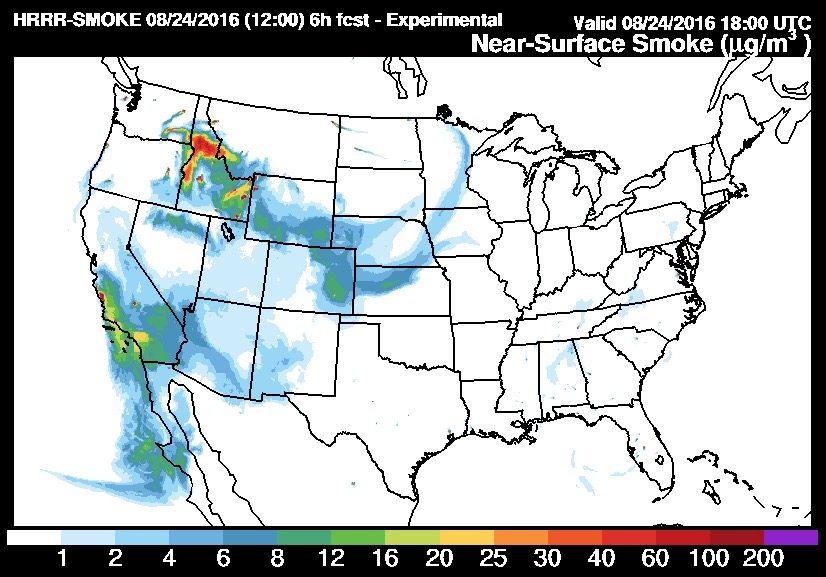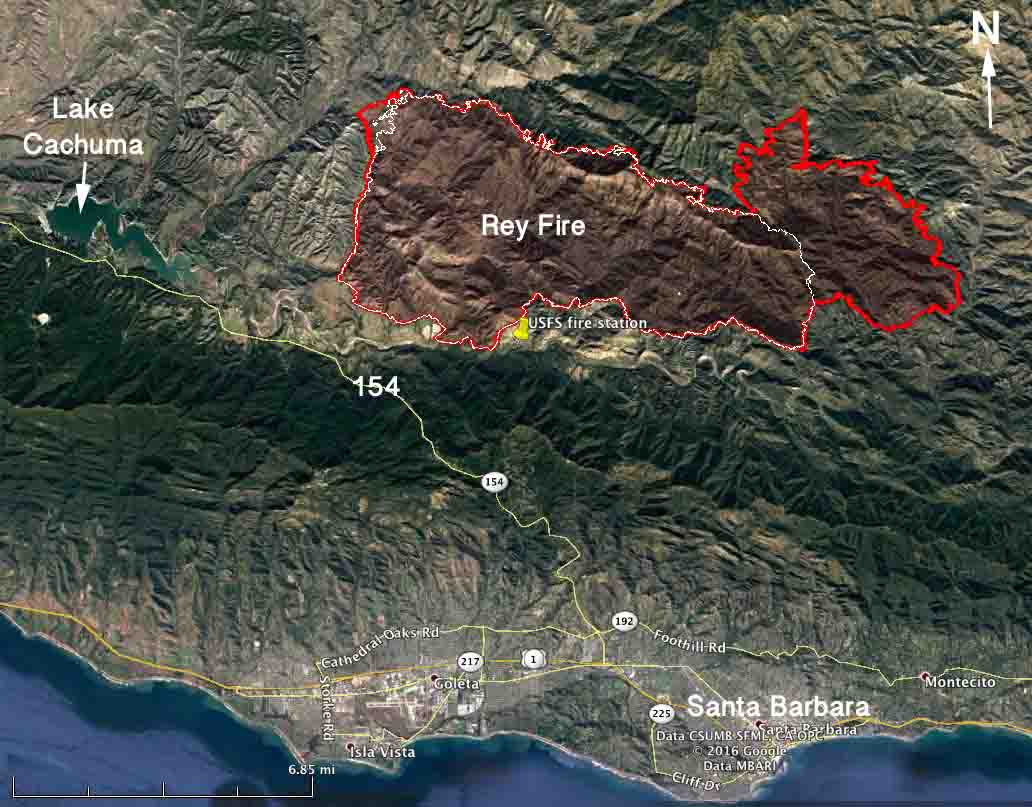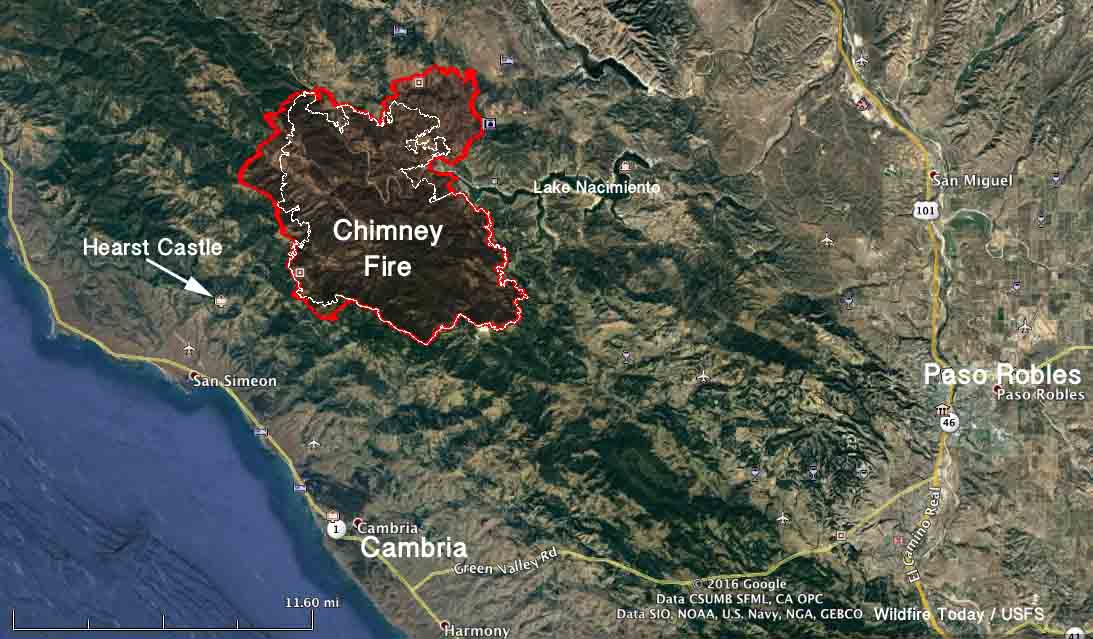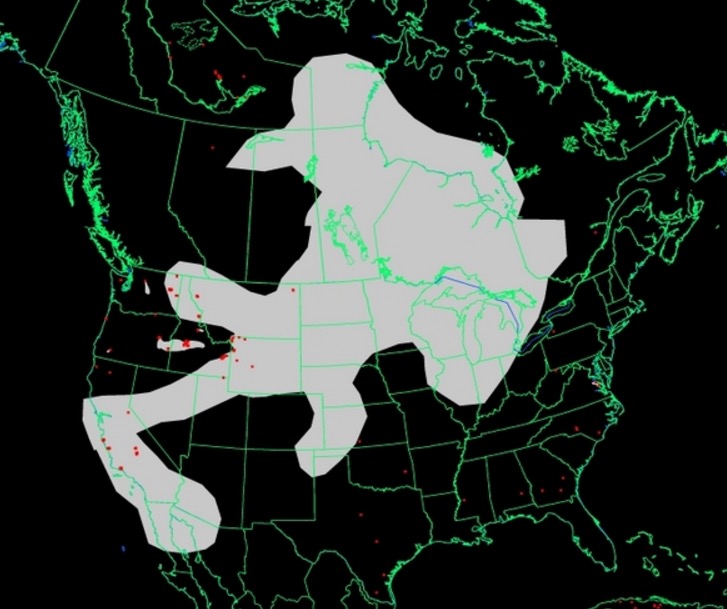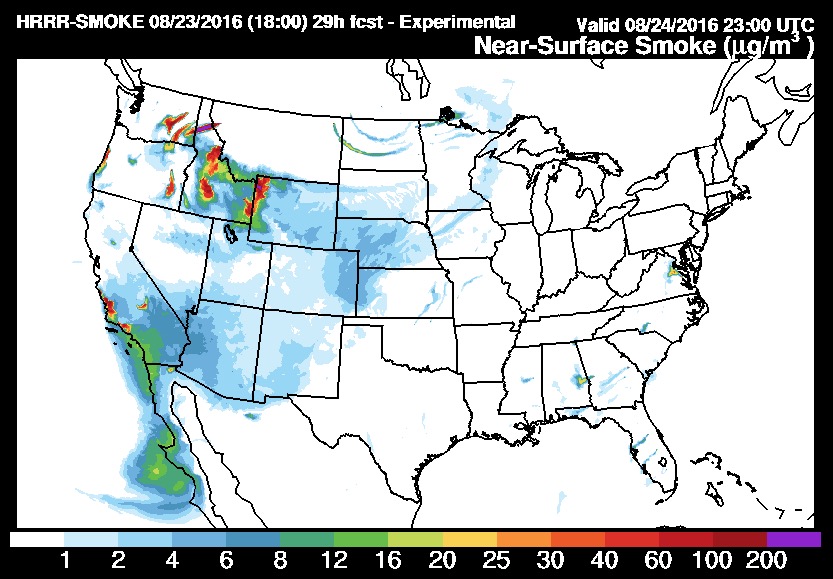Above: M198 155mm howitzer. Photo by Armyman1989.
We have seen a lot of wild ideas about devices that inventors think could suppress wildland fires, such as a fire extinguisher bomb, a mine-clearing missile to build fireline, a fire truck that would suppress a forest fire without using water, a disposable air tanker, and 2,000-pound containers of liquid dropped from aircraft. Some have been awarded the unenviable “lame-ass idea” tag.
On July 28, 2016 the U.S. Patent Office published a patent application submitted in 2014 by Boeing for an artillery shell fired from a 155mm field howitzer that would deliver fire retardant or another fire suppressing liquid to a wildland fire. Each shell would hold between 1.57 and 3 gallons.
The howitzer shells would release the fire retardant either by an explosive, or by mechanically opening the shell. The release of the retardant would be at a pre-determined time, at a pre-determined altitude, at a pre-determined acceleration, at a pre-determined location, at a pre-determined temperature, at a pre-determined pressure, or at a pre-determined distance.
The application claims:
The gun delivers the fire-retarding material with high accuracy, at a high rate of delivery, at a reduced cost over typical fire-fighting methods such as airplane or helicopter release or ground-based fire-fighters. The fire-retarding material may be delivered continuously or intermittently for long durations, regardless of darkness, weather conditions, or intensity of the fire with reduced risk to those fighting the fire. Some guns may deliver the fire-retarding material within 15 feet of a target at a 15 mile range.
The application gives examples comparing the use of the howitzer and helicopters to deliver water or retardant to two fires that had initial sizes of 28 and 883 acres.
Our calculations based on the basic data in Boeing’s patent application determined that the 28-acre fire would need between 1,663 and 3,178 howitzer shells depending on the capacity of the shells used, 1.57 or 3 gallon versions. The 883-acre fire would require between 71,333 and 140,127 shells.
The application does not describe how many howitzers Boeing envisions being used at the same time to extinguish a fire.
We certainly are no expert on the specifications and use of military artillery, but a quick look at Wikipedia found that the M198 medium-sized, towed 155mm howitzer has a sustained rate of fire of two rounds per minute. Let’s say you had 5 howitzers available for the 28-acre fire, making 10 rounds per minute possible. They would need to continuously fire for about 3 to 5 hours. The 883-acre fire would require 120 to 233 hours (5 to 10 days). And that is assuming that the fire would spread very little during those 3 hours to 10 days. If you had only one howitzer, it would take 5 times as long.
Boeing did not discuss in the application the effects of the noise from firing thousands of rounds from 155mm howitzers. Imagine trying to sleep in fire camp while howitzers are firing.
Boeing says the debris from the shell casing will either “degrade”, “or degradation may not be necessary as the material will be environmentally inert”.
There are many issues with the concept of using artillery shells on a fire. Here are a few:
- Unexploded shells. Would the fire be off limits to firefighters for days or weeks until it goes out and bomb disposal teams can be deployed to examine the area to declare it safe? Would the bomb disposal teams have to be firefighter qualified? Would it even be possible to find unexploded shells, or might they be buried in the ground?
- Would land managers be comfortable with the debris left after thousands of the shells explode or come apart?
- How long during and after the bombardment would firefighters be prevented from entering the fire area?
- How far would the howitzer sound travel? From how far away would neighbors complain about the noise?
- The patent application assumes that retardant applied from the air can suppress a fire. Generally, it can’t. Under ideal conditions retardant can slow down a fire, enabling ground-based firefighters the opportunity to move in and actually put it out or stop the spread with water or by removing fuel along the perimeter. If firefighters are not available to take advantage of the temporary slowing of the fire, aerially applied retardant is usually a waste of time and money.
The application mentions that the shells could also be used for nuclear plant fires and hazardous material emergencies. If a howitzer shell fired from miles away is the only way to deal with a nuclear meltdown, then that might be a feasible use for this idea.
The bottom line.
We award the use of howitzers to suppress wildfires a lame-ass idea tag.
Thanks and a tip of the hat go out to Bob and one other person.


